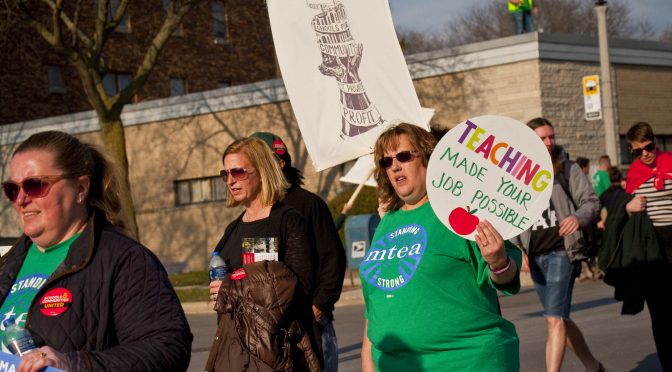The New Labor Forum has a bi-weekly newsletter on current topics in labor, curated by the some of the most insightful scholars and activists in the labor world today. Check out some highlights from the latest edition below.
The future of public sector unions in the U.S. hangs in the balance, awaiting the Janus v. AFSCME Supreme Court decision due this week, even as soon as tomorrow. This case will decide whether public sector workers in a workplace represented by a union and benefiting from a collective bargaining agreement negotiated by that union will have to continue paying an “agency fee” to the union for the work it does on their behalf. With a public sector unionization rate five times that of the private sector rate, the expected ruling against the American Federation of State, County, & Municipal Employees threatens to undermine what has been a redoubt of union strength, heightening the need for bold new ideas to rebuild the labor movement. That is what we offer here.
We begin with a provocative think-piece (due out in our September 2018 print issue) by Larry Cohen, Board Chair of Our Revolution, the successor organization to Bernie 2016, and past President of the Communications Workers of America. Cohen argues that the future of enterprise-based collective bargaining in the U.S. is bleak, and that now’s the time to move to a sectoral bargaining system, which protects industry-wide wages and conditions of employment for workers in many other countries, from South Africa to Norway. He discusses why organized labor and progressive democrats should make universal, sectoral bargaining a top demand and why it will make other victories possible.
Next we offer a strategic proposal by Luke Elliott-Negri and Marc Kagan for what may be a new opportunity to organize the tens of thousands of public sector adjuncts in New York State in the post Janus environment. This chance for organizing results from a recent law unions managed to pass in New York, intending to blunt the expected blow of the Janus decision. Unions in states like California have made similar legislative inroads that may also offer similar promising options for organizing.
Chris Brooks weighs in on the question of whether unionists should press for a “members only” brand of unionism made more likely in the wake of the anticipated Janus decision. Examining a 2011 Tennessee law targeting teachers’ unions, Brooks cautions against embracing “members only” trade unionism and the resulting competition among unions that may vie to represent workers in the same bargaining unit. He argues that inter-union competition, which has long been promoted by strategists on the right and some on the left, more often benefits employers than workers.
With this newsletter, we take a hiatus for the summer season, returning on Labor Day. In parting, we leave you with a wildly imaginative, searing poem by Alberto Rios, Arizona’s first state poet laureate. In it, he contemplates the very nature of a border, giving us all something to ponder as we respond to the fact of the thousands of children at our border, incarcerated and separated from their parents into the unknowable future.
Table of Contents
- The Time Has Come for Sectoral Bargaining/ Larry Cohen, New Labor Forum
- An Odd Twist: Might a Response to Janus Make Adjunct Organizing Easier in New York State?/ Luke Elliott-Negri and Marc Kagan, New Labor Forum
- The Cure is Worse than the Disease/ Chris Brooks, New Labor Forum
- The Border a Double Sonnet/ Alberto Rios, New Labor Forum

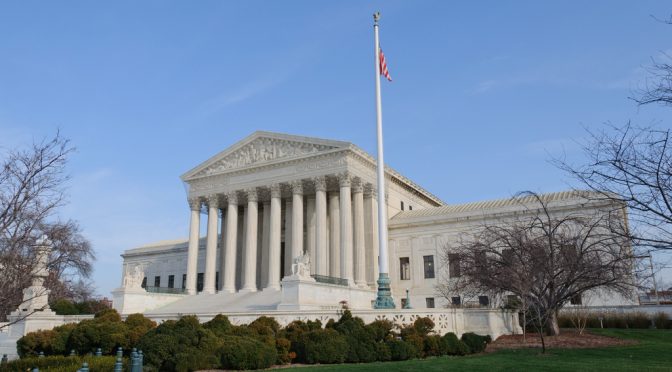

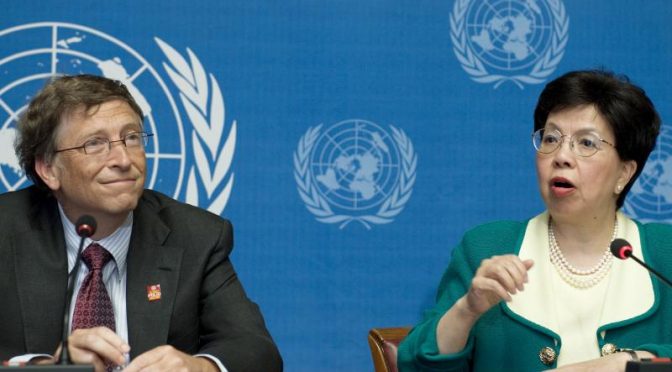
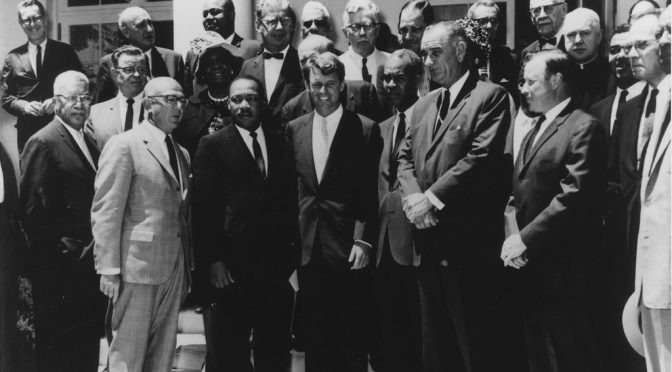
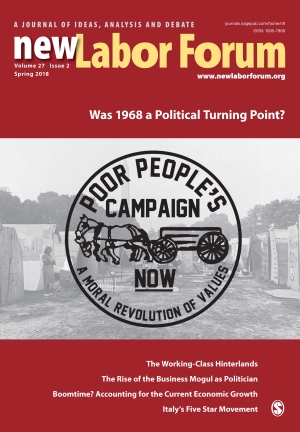 The May 2018 issue of New Labor Forum is out. On the 50th anniversary of Dr. Martin Luther King, Jr.’s assassination, the journal features an article by Reuel Schiller measuring the magnitude of King’s loss in relation to the dissolution of the Poor People’s Movement he helped birth and the subsequent suspension in large-scale, multiracial organizing for economic justice.
The May 2018 issue of New Labor Forum is out. On the 50th anniversary of Dr. Martin Luther King, Jr.’s assassination, the journal features an article by Reuel Schiller measuring the magnitude of King’s loss in relation to the dissolution of the Poor People’s Movement he helped birth and the subsequent suspension in large-scale, multiracial organizing for economic justice.